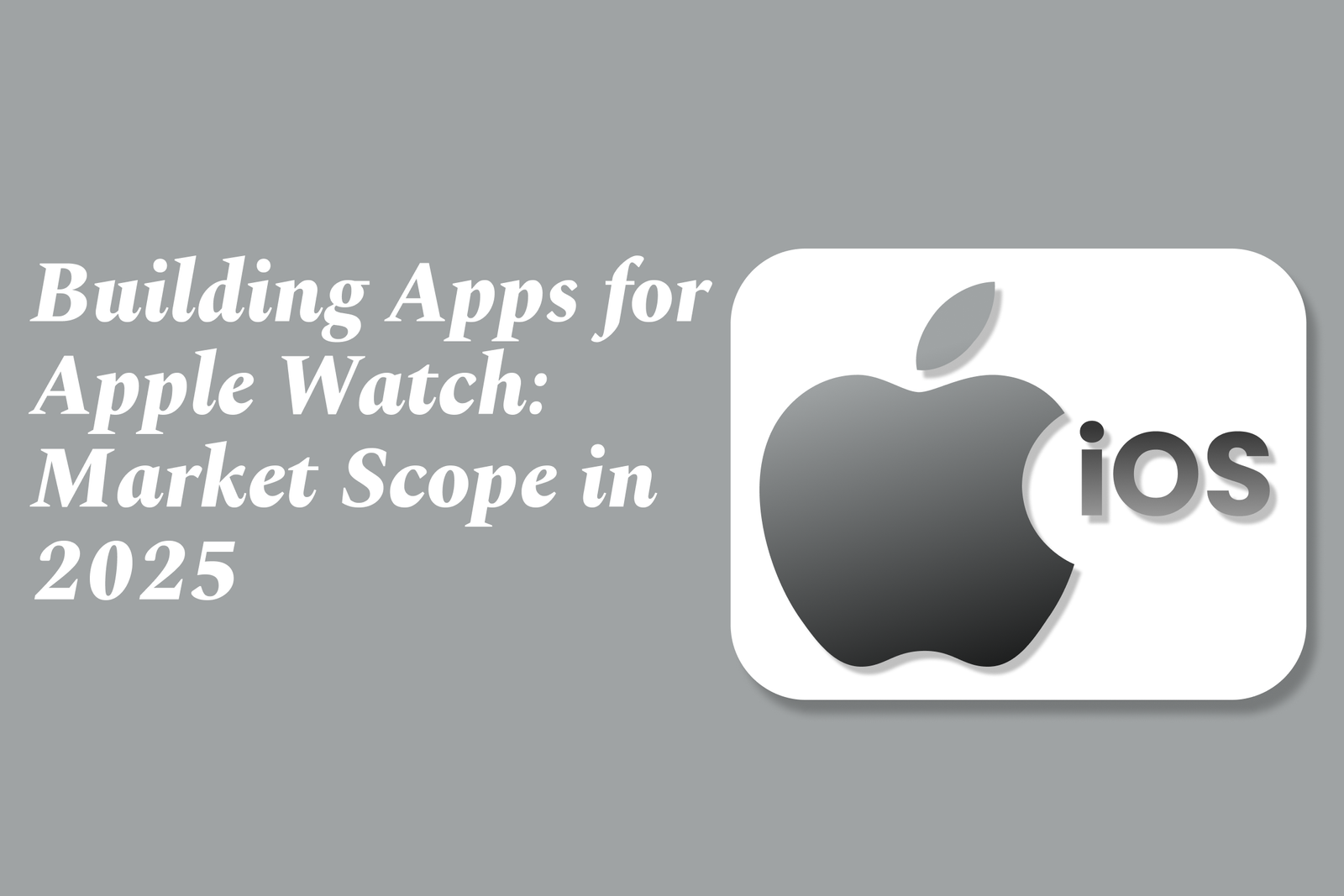Building apps for Apple Watch: Market scope in 2025
Building apps for Apple Watch in 2025 offers promising market potential as user demand grows. Developers must blend traditional tools like Xcode with AI-assisted coding to overcome challenges, creating innovative, efficient apps that leverage watchOS features and expand the smartwatch ecosystem.
Building Apps for Apple Watch: Market Scope in 2025
1 ) Overview of Apple Watch App Development in 2025
The process of creating apps for the Apple Watch continues to evolve, requiring developers to overcome challenges such as managing codebase complexity and cross referencing classes in multi file projects. While Xcode remains essential for full app development, tools like Cursor AI assisted IDEs are increasingly aiding the workflow, albeit with limitations related to imports and references.
2 ) Development Challenges and Solutions
Developers have reported frequent “Can’t find ‘the_class’ in scope” errors when using certain IDE tools like Cursor for multi file Swift projects, indicating scope and reference issues.
Workarounds include starting projects in Xcode, then refining code via AI tools, and merging changes back in Xcode for final verification.
Usage of settings options such as training AI on documentation, codebase inclusion, and specifying prompts enhances AI assisting capabilities.
Integrating linters and Swift extensions improves code navigation and error handling, although module import problems persist.
3 ) Importance of Combining Tools for Efficiency
Experts recommend a hybrid approach:
Begin development with Xcode to establish a solid project foundation.
Utilize AI based coding assistants for generating and optimizing code snippets, reducing manual effort.
Regularly verify code integrity and functionality within Xcode to catch and resolve issues early.
4 ) Market Outlook for Apple Watch Apps in 2025
The Apple Watch platform continues to expand its user base, increasing demand for diverse, high quality apps.
Developers who can efficiently navigate the challenges of watchOS development stand to capitalize on a growing market.
Emphasis on efficient UX, smooth sensor integration, and robust notifications is key to producing standout Apple Watch apps.
5 ) Conclusion
Building Apple Watch apps in 2025 requires a blend of traditional development environments and emerging AI assisted tools. Despite hurdles in multi file and module referencing within newer IDEs, developers can achieve success by leveraging both cutting edge assistance and established tools like Xcode. The expanding smartwatch user base signals promising opportunities for developers prepared to innovate and refine their approach.
https://justacademy.in/news-detail/react-native-community-surges-with-new-plugins-and-tools
https://justacademy.in/news-detail/new-android-widgets-trends
https://justacademy.in/news-detail/flutter-hackathons-&-winners-in-2025
https://justacademy.in/news-detail/react-native-0.75-release:-game-changing-features-you-can?t-miss
https://justacademy.in/news-detail/notable-flutter-contributors-to-follow
Related Posts
Java supports GDPR and data privacy by enabling secure data handling through encryption, controlled access, and precise data management. It allows developers to minimize PII exposure, ensure data confidentiality, and design workflows that comply with data protection regulations effectively.
Java code quality tools have evolved to include advanced static analysis, integrated security checks, and AI-powered code reviews. These updates help developers detect bugs, enforce coding standards, and enhance security, streamlining the development process and improving overall code reliability.
Java remains a cornerstone in big tech companies, evolving with modern features like records, pattern matching, and virtual threads. Its robust ecosystem, enhanced performance, and growing AI integrations keep it vital for both legacy systems and innovative new projects.
Java and CI/CD pipeline optimizations streamline Java application development by automating builds, tests, and deployments. They improve efficiency through parallelization, caching, and secure secrets management, enabling faster feedback loops and more reliable, scalable software delivery.
Java supports modern cryptography standards through its flexible Java Cryptography Architecture (JCA), enabling integration of advanced algorithms like AES, EdDSA, and post-quantum tools. Libraries like Bouncy Castle offer FIPS-certified, hardware-accelerated implementations for secure development.
Java 23 enhances record patterns by enabling concise, direct destructuring of record components within pattern matching, simplifying type checks and data extraction. This improvement boosts code readability and expressiveness by reducing boilerplate in handling immutable data classes.
Java remains a top choice for mobile app backends, powering scalable, secure, and high-performance server-side solutions. Latest trends include cloud-native microservices, reactive programming, and enhanced JVM optimizations, enabling efficient, flexible, and robust mobile backend development.
Java SE 24 and LTS Java SE 21 offer enhanced features and performance, while Apache Spark 4.0.0 introduces Scala 2.13 support and advanced ML and SQL capabilities. Together, they empower developers to build scalable, high-performance data applications with modern tools.
JUnit 5 modernizes Java testing with a modular architecture, improved assertions, and seamless Java 8+ support. Beyond JUnit, tools like Mockito and AssertJ enhance mocking and assertions, creating a powerful, flexible ecosystem for writing clean, efficient Java unit tests.
Java plays a pivotal role in cloud automation tools by providing a robust, platform-independent language used to build scalable automation frameworks like Jenkins and Selenium, enabling efficient CI/CD pipelines, testing, and orchestration across diverse cloud environments.










